Gathering around for fluffy scrambled eggs in the morning is our family’s favorite way to start the day. We have found that a small saucepan is better for making scrambled eggs than a skillet. The shape of the saucepan traps the heat differently and is able to cook our eggs from the side and slightly from the top as well as from the main heat source on the bottom, providing a better-cooked fluffier scramble. We also found that nonstick saucepans work better. Let’s crack some eggs and make breakfast the best part of your day.
Make a large batch of these on weekend mornings along with bacon, waffles, and parfaits!
Why Our Recipe
- A special saucepan method with alternating heat that makes for the best scrambled eggs ever.
- Straightforward instructions to mastering this technique the first time.
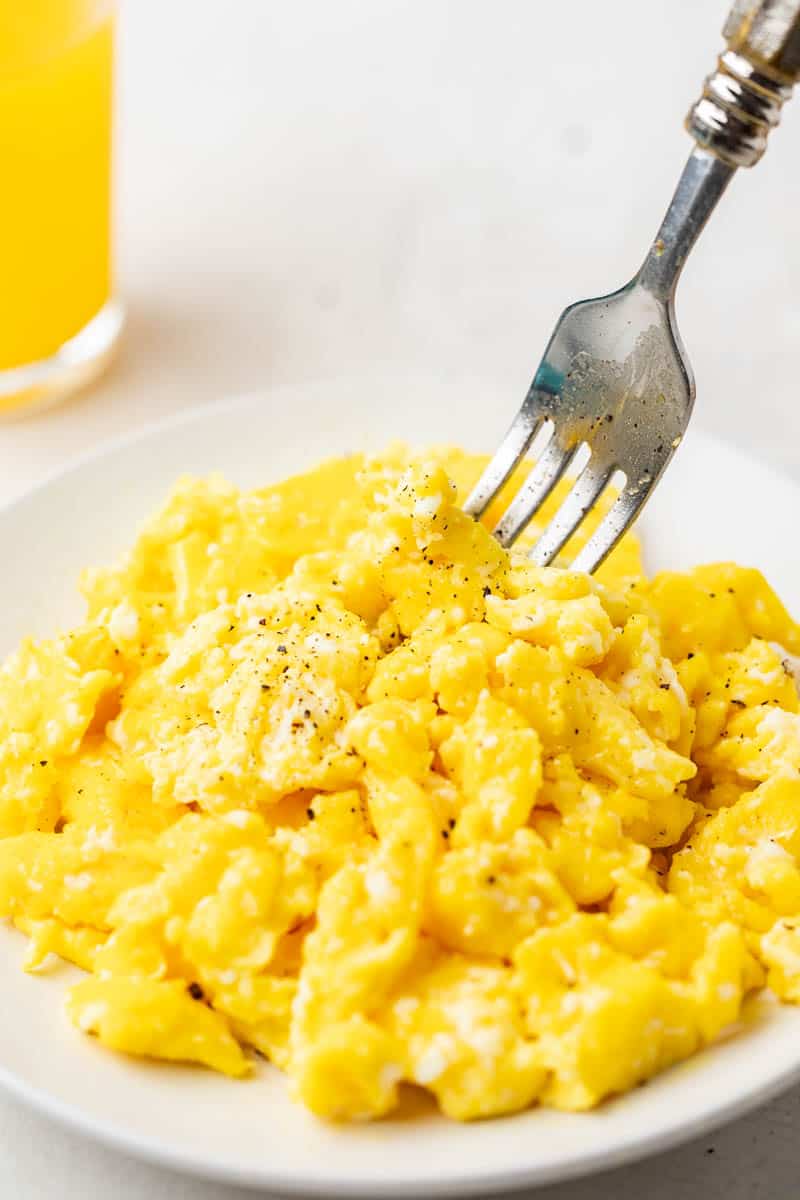
The Technique
The method for scrambled eggs described here is a combination of the Gordon Ramsay method and the Alton Brown method. This combination takes the best of both and makes it approachable to the home cook.
Ingredient Notes
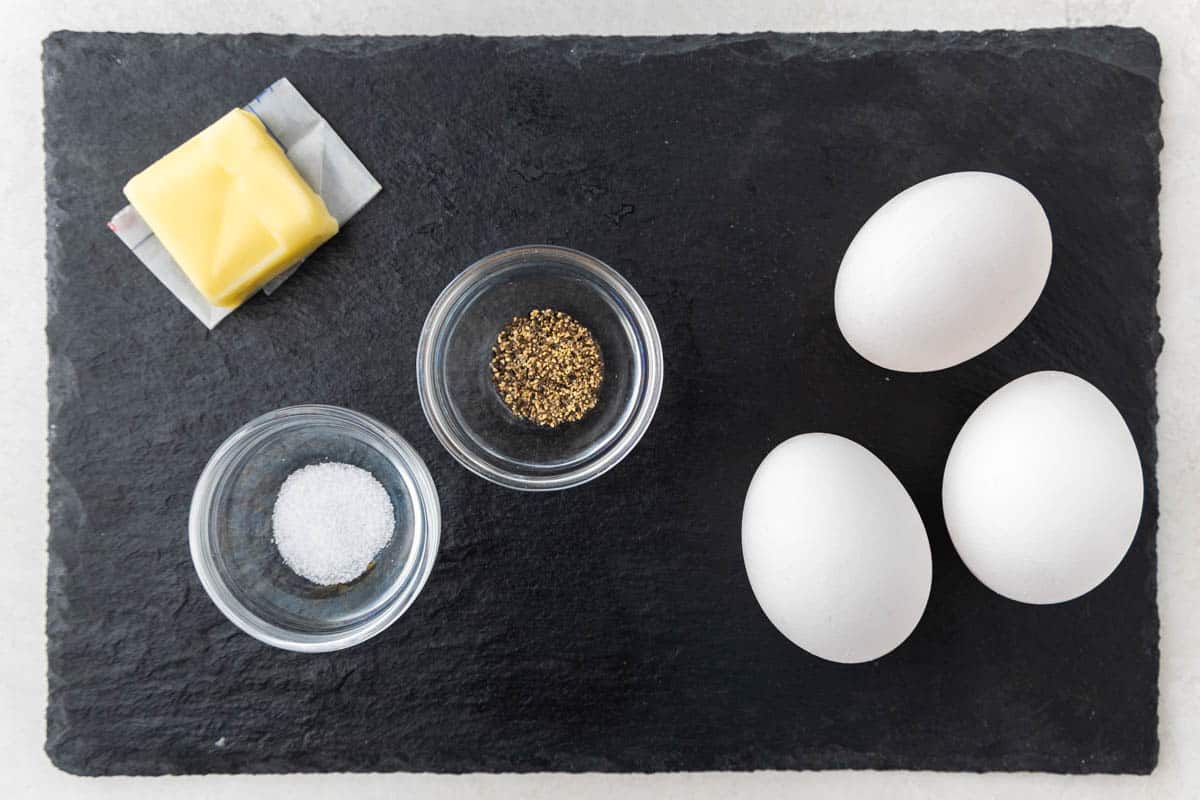
- Eggs: The star of the show, providing structure and richness.
- Butter: use salted or unsalted. Margarine tends to have poor flavor.
- Salt: always needed for eggs. You can get away with salt substitutes for those who need it.
- Black Pepper: Adds a slight heat and depth of flavor.
Chef’s Note: This recipe can easily be doubled or tripled to serve more people.
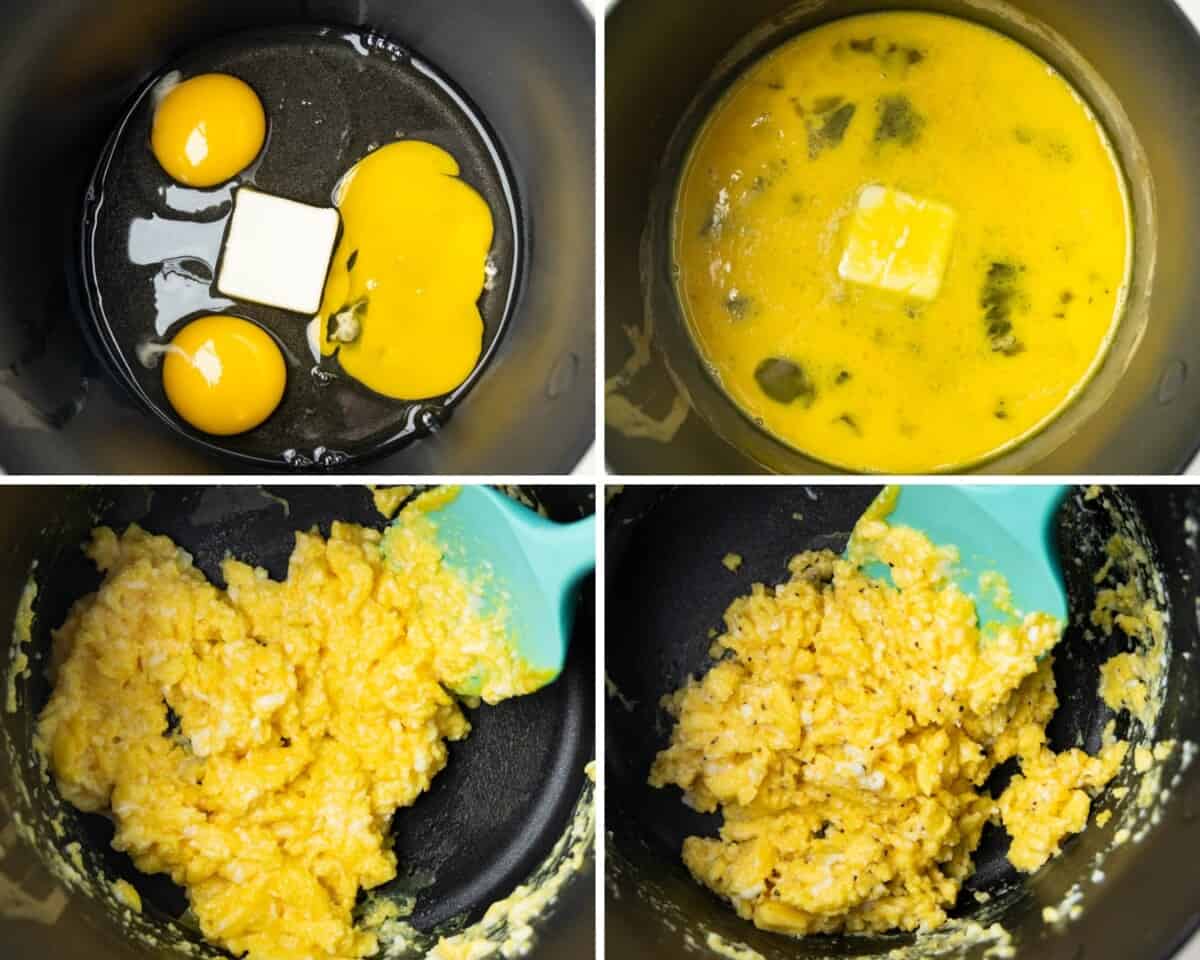
Flavor Variations
- Cheesy Scrambled Eggs: Stir in 2 to 3 tablespoons shredded cheddar or crumbled feta when the eggs are almost set for a gooey, cheesy version.
- Garden Fresh: Add diced tomatoes, spinach, or your favorite veggies for a fresh and colorful start.
- Herbs: Mix in chopped herbs like chives, parsley, or dill for an aromatic flair.
- Meats: Toss in pre-cooked diced ham, bacon, or sausage for extra protein.
Do you need to add milk to scrambled eggs?
You DO NOT have to add milk to scrambled eggs. We have found that the best fluffy scrambled eggs are made without milk, and instead use butter.
Troubleshooting
- If the eggs are too dry, lower your cooking heat next time and remove them from the heat a bit earlier.
- For runny eggs, ensure you’re cooking them just long enough for them to set without overcooking.
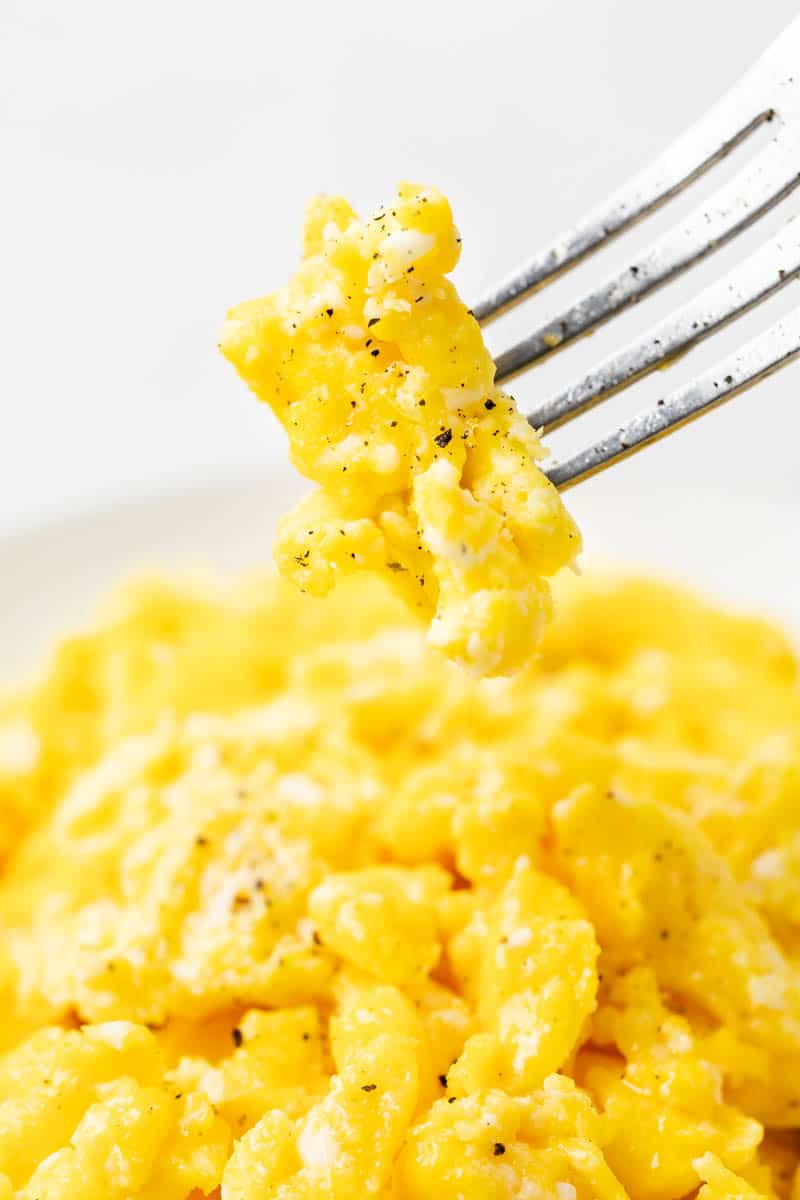
When are Scrambled Eggs Ready?
- Color: Look for a bright, yellow color without any brown or overly pale areas.
- Texture: The eggs should be soft, fluffy, and cohesive, without any liquid egg visible. Remove them from the heat just as they start to lose their shine.
- Firmness: They should hold together on the plate but still be tender and moist.
More Egg Breakfast Recipes
Watch the video below where Rachel will walk you through every step of this recipe. Sometimes it helps to have a visual, and we’ve always got you covered with our cooking show. You can find the complete collection of recipes on YouTube, Facebook Watch, or our Facebook Page, or right here on our website with their corresponding recipes.

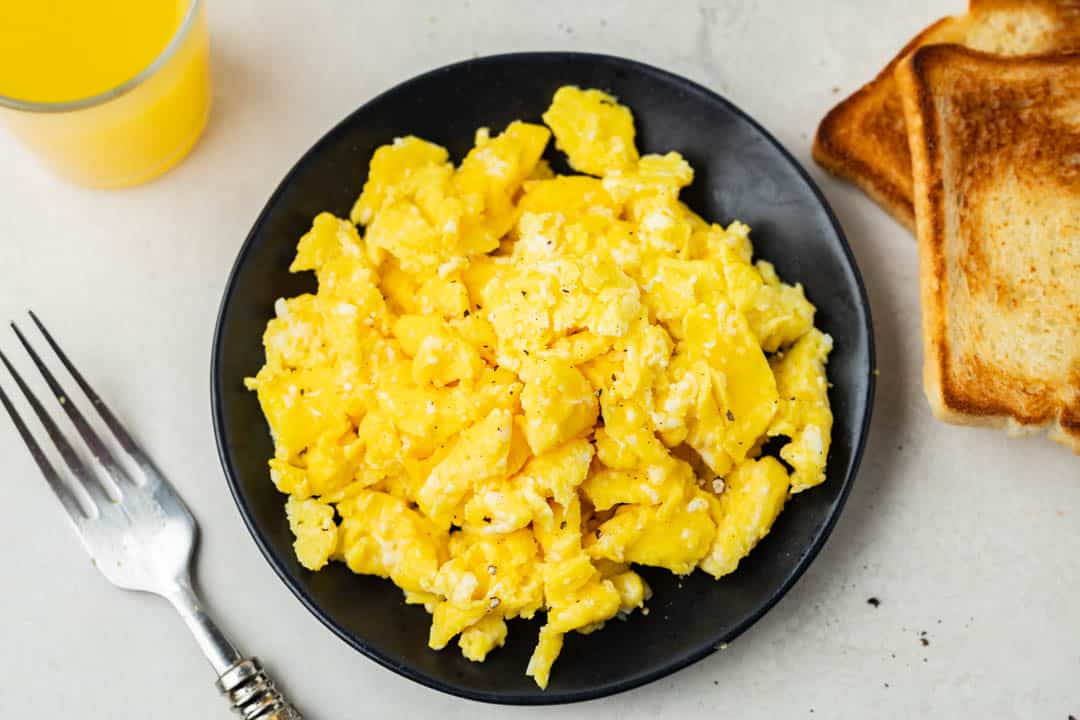
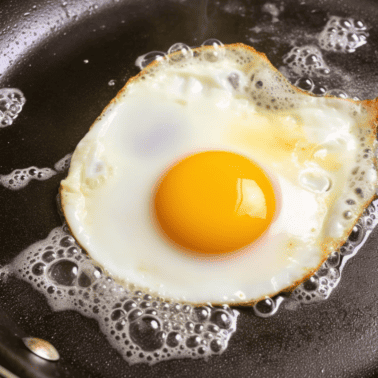

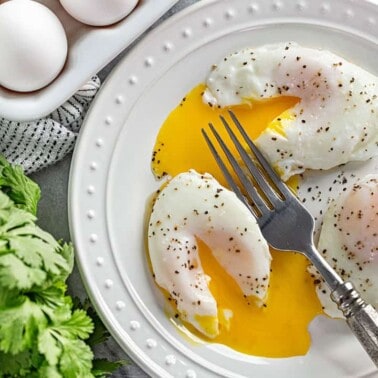
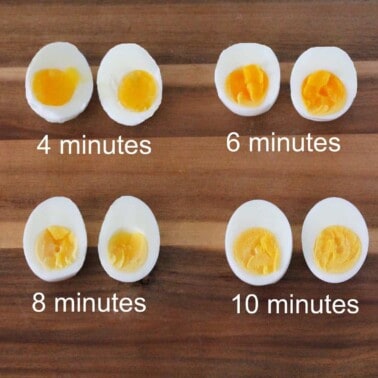
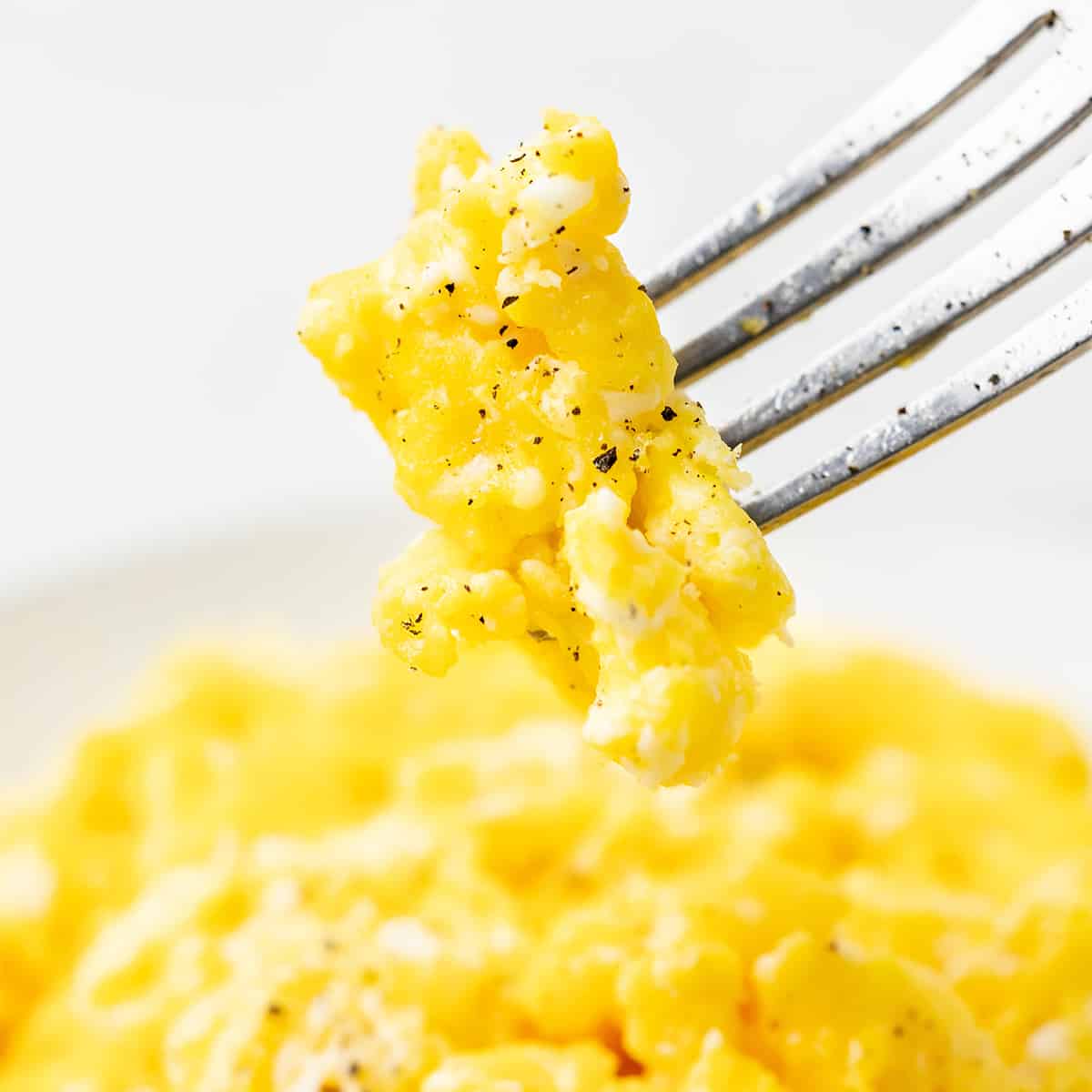
Loved these eggs! So easy but knowing when to put the butter in was the trick!! Also, love my new cookbook❤️